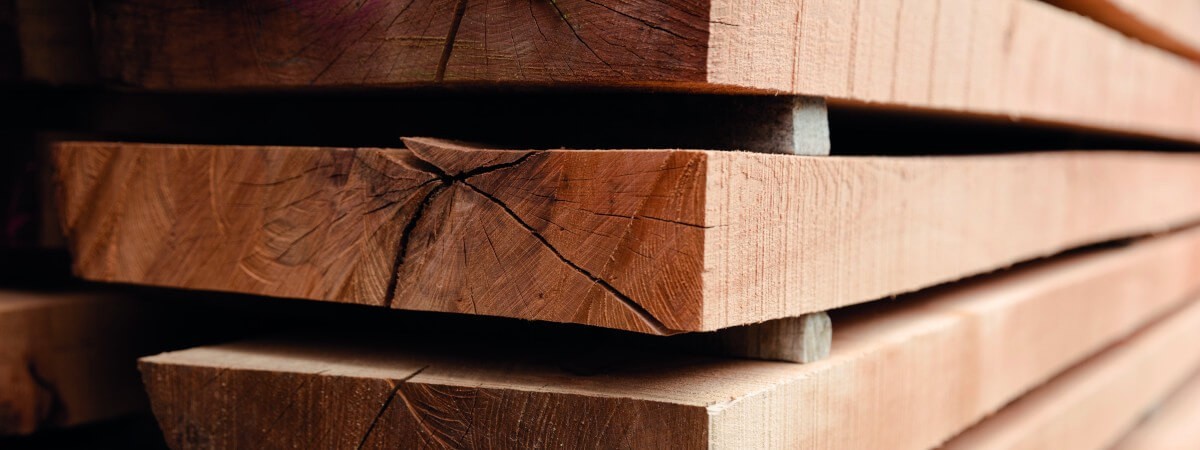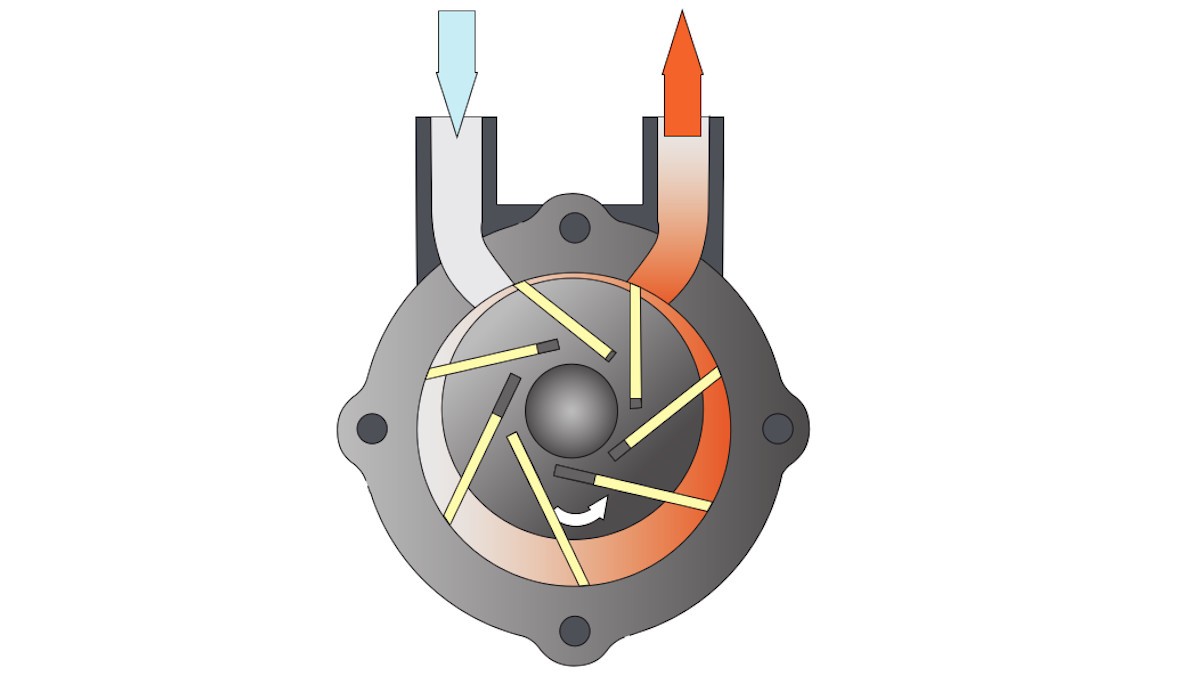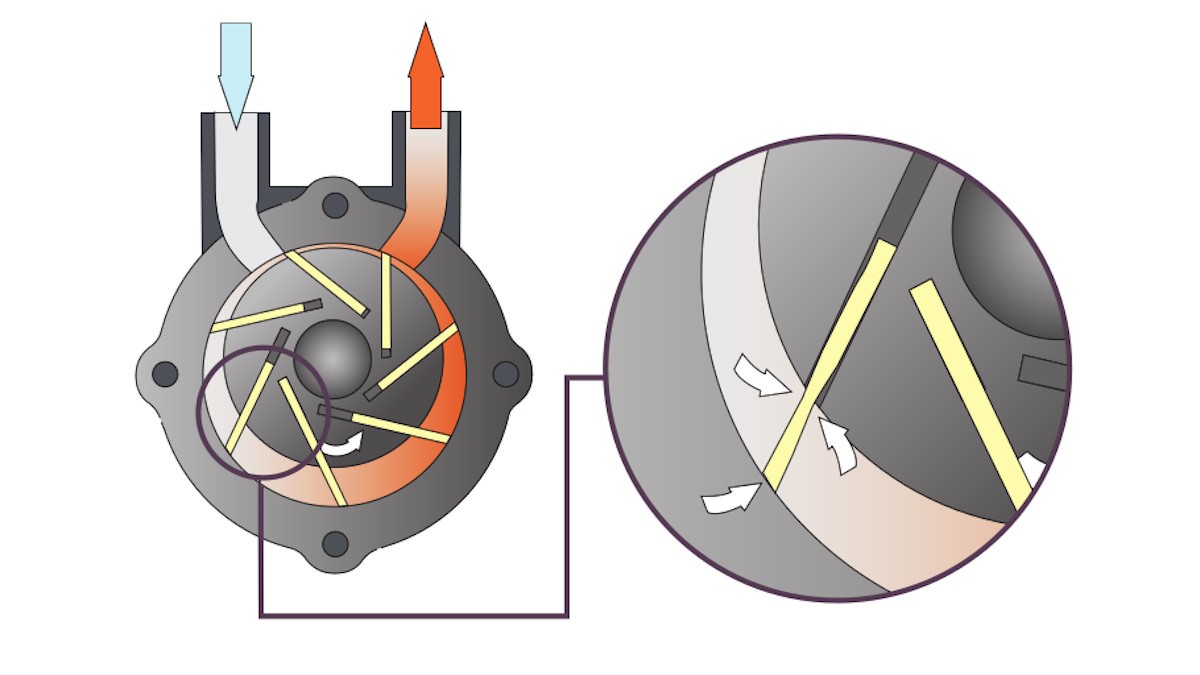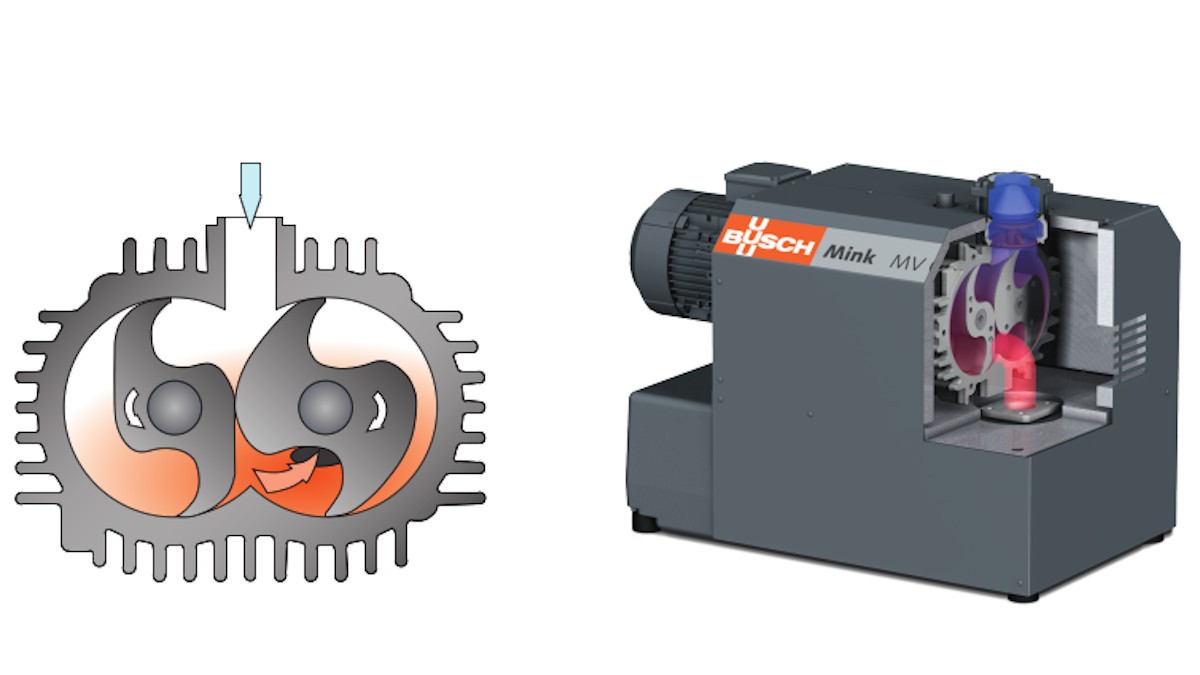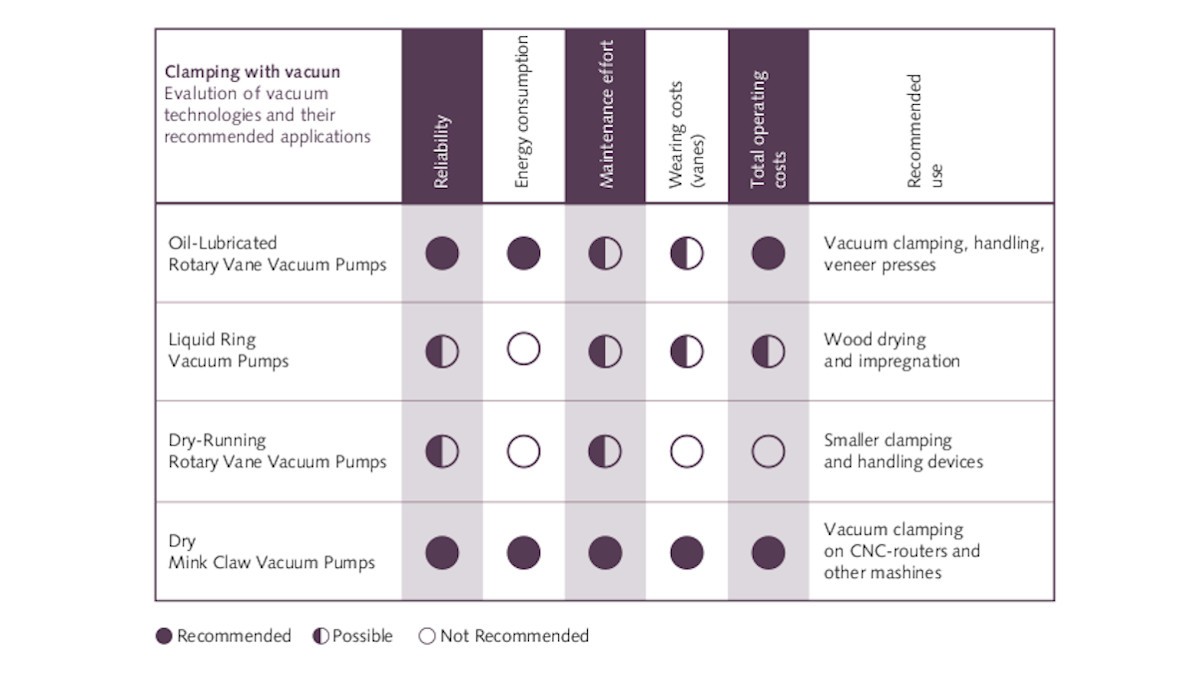Vacuum in Woodworking – Part 2
Maulburg, Germany
|
06.10.2021
|
5,5 min
After taking a look at basic aspects of vacuum technology in the last issue, today we will tackle the different types of vacuum generation. In the process, we would like to primarily limit the discussion to the subject of vacuum clamping on machining equipment, an area that has become much more significant in light of advancements in automation in the furniture industry and other sectors of the woodworking industry. The subject of
economic efficiency also runs parallel to this development and
has increasingly become the focus of production managers and those responsible for technology. In principle, there are several possibilities for generating vacuum. For
vacuum clamping, various mechanical vacuum pumps can be used, which we discuss.
Oil-lubricated rotary vane vacuum pumps
Oil-lubricated rotary vane vacuum pumps are the true classic pumps used for clamping on machining equipment. They were used almost exclusively decades ago. They stand for reliability, robustness and a low ultimate pressure of under one mbar – which corresponds to a
vacuum level of 99.9%. At this high vacuum level, they guarantee sufficient pumping speed reserve capacity and thus are known for fast and secure clamping. The constant oil feed in the compression chamber facilitates the high vacuum level. The oil is fed through the vacuum pump through an internal circulation system where it seals, lubricates and removes compression heat. The oil and the oil filter should be exchanged every 2,000 operating hours. In machining equipment with pumping speeds of over 160 cubic metres per hour, these vacuum pumps have since been replaced by dry vacuum technologies. For smaller machining equipment and clamping devices that can manage with lower pumping speeds, oil-lubricated rotary vane vacuum pumps still work economically and with high reliability.
Liquid ring vacuum pumps
Liquid ring vacuum pumps that generate vacuum using water as an operating fluid work according to an old principle. However, they were never really able to catch on for use in vacuum clamping because water as an operating fluid is associated with a certain maintenance effort that ranges from topping up the water daily to regularly cleaning the water circuit. The vacuum level of these vacuum pumps depends on the water temperature. As the water temperature increases, the achievable ultimate pressure is reduced and along with it the pumping speed. The highest pumping speed is achieved at temperatures up to 15° C. At a water temperature of 40° C, the pumping speed falls to 40 per cent of the original value.
The major advantage of liquid ring vacuum technology is the high level of compatibility with water vapour and moisture – a benefit that cannot be taken advantage of when clamping on machining equipment, but virtually predestines these vacuum pumps for drying and impregnating wood.
Dry-running rotary vane vacuum pumps
Rotary vane vacuum pumps that work without operating fluids – meaning neither oil or water is necessary for compressing the extracted air – are referred to as "dry-running". These vacuum pumps are very often used for vacuum clamping because the investment costs are relatively low. The working principle (Fig. 1) is the same as for oil-lubricated rotary vane vacuum pumps.
However, due to the lack of oil lubrication, so-called "self-lubricating" vanes or blades made of carbon graphite material are used. They have the drawback of being affected by wear (Fig. 2) and need to be replaced regularly to avoid vane breakage and thus total failure. Wear on the vanes also affects the performance of these vacuum pumps. After an operating time of just 2,000 hours, the pumping speed of a dry-running rotary vane vacuum pump can only achieve 85 to 90 percent of the original pumping speed. One of the factors that affects the vanes' service life is the material to be processed. Abrasive MDF dust speeds up wear to the vanes. In three-shift operation, the vanes need to be checked at least once every six months and exchanged if necessary. Operators should not only consider the costs for procuring these special vanes – which should not be underestimated – but they should also take a critical look at the energy consumption of this vacuum pump type. Compared with all other vacuum technologies, the energy costs are the highest for these vacuum pumps. A rule of thumb is that a dry-running rotary vane vacuum pump starting from a pumping speed of 140 cubic metres requires 20 percent more energy per hour.
Due to the maintenance and energy costs associated with dry-running rotary vane vacuum pumps, we really only recommend them up to a pumping speed of about 100 cubic metres per hour. The smaller the size, the slower the vanes wear because the diameter of the compression chamber is smaller. This reduces the circumferential speed of the vanes and the distance that the individual vanes have to cross while gliding in and out of the rotor slots.
MINK claw vacuum pumps
In the mid-1990s, Busch Vacuum Pumps and Systems developed a completely new principle for vacuum generation:
MINK claw vacuum technology. This technology, which has been constantly refined, has since gained a foothold in the woodworking industry. Today, the third generation of these vacuum pumps is already used by several leading manufacturers of CNC routers.
MINK claw vacuum pumps are nearly maintenance-free and constitute the most energy-efficient type of vacuum generation for vacuum clamping.
MINK claw vacuum pumps also work without operating fluids like oil or water. Two claw-shaped rotors move in a housing (Fig. 3). They do not come in contact with each other or the housing. This means there is no friction and thus no wear, making
nearly maintenance-free vacuum generation possible. Maintenance efforts are limited to a biannual gear oil change. Contact-free compression of the extracted air also has the advantage of
consuming drastically less power than other vacuum pumps, and MINK claw vacuum pumps constitute the most energy-efficient type of vacuum generation for vacuum clamping.
For technical reasons, the MINK claw vacuum pump is the only vacuum generator discussed here that can be controlled completely based on demand. This means that a specific set point (ultimate pressure) can be specified for the vacuum pump. When this point is reached, the speed automatically reduces, or the vacuum pump shuts itself off. This facilitates further energy savings. For this reason, Busch offers all sizes – from 40 to 900 cubic metres pumping speed per hour – as well as energy-saving and frequency-controlled motor options.
Summary
There are various possibilities that can be used to generate vacuum for clamping. In principle, situations need to be assessed on an individual basis to find the ideal vacuum pump solution. The diagram (Fig. 4) can help when making a preliminary decision. But in general, we recommend consulting a specialist when making the selection and choosing the dimensions.
Maulburg, Germany
|
06.10.2021
|
5,5 min
